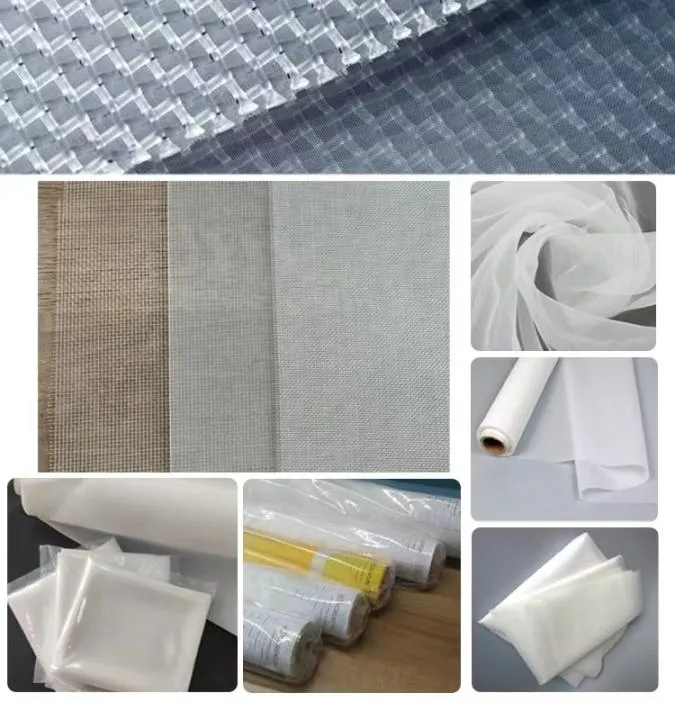-
 Afrikaans
Afrikaans -
 Albanian
Albanian -
 Amharic
Amharic -
 Arabic
Arabic -
 Armenian
Armenian -
 Azerbaijani
Azerbaijani -
 Basque
Basque -
 Belarusian
Belarusian -
 Bengali
Bengali -
 Bosnian
Bosnian -
 Bulgarian
Bulgarian -
 Catalan
Catalan -
 Cebuano
Cebuano -
 China
China -
 Corsican
Corsican -
 Croatian
Croatian -
 Czech
Czech -
 Danish
Danish -
 Dutch
Dutch -
 English
English -
 Esperanto
Esperanto -
 Estonian
Estonian -
 Finnish
Finnish -
 French
French -
 Frisian
Frisian -
 Galician
Galician -
 Georgian
Georgian -
 German
German -
 Greek
Greek -
 Gujarati
Gujarati -
 Haitian Creole
Haitian Creole -
 hausa
hausa -
 hawaiian
hawaiian -
 Hebrew
Hebrew -
 Hindi
Hindi -
 Miao
Miao -
 Hungarian
Hungarian -
 Icelandic
Icelandic -
 igbo
igbo -
 Indonesian
Indonesian -
 irish
irish -
 Italian
Italian -
 Japanese
Japanese -
 Javanese
Javanese -
 Kannada
Kannada -
 kazakh
kazakh -
 Khmer
Khmer -
 Rwandese
Rwandese -
 Korean
Korean -
 Kurdish
Kurdish -
 Kyrgyz
Kyrgyz -
 Lao
Lao -
 Latin
Latin -
 Latvian
Latvian -
 Lithuanian
Lithuanian -
 Luxembourgish
Luxembourgish -
 Macedonian
Macedonian -
 Malgashi
Malgashi -
 Malay
Malay -
 Malayalam
Malayalam -
 Maltese
Maltese -
 Maori
Maori -
 Marathi
Marathi -
 Mongolian
Mongolian -
 Myanmar
Myanmar -
 Nepali
Nepali -
 Norwegian
Norwegian -
 Norwegian
Norwegian -
 Occitan
Occitan -
 Pashto
Pashto -
 Persian
Persian -
 Polish
Polish -
 Portuguese
Portuguese -
 Punjabi
Punjabi -
 Romanian
Romanian -
 Russian
Russian -
 Samoan
Samoan -
 Scottish Gaelic
Scottish Gaelic -
 Serbian
Serbian -
 Sesotho
Sesotho -
 Shona
Shona -
 Sindhi
Sindhi -
 Sinhala
Sinhala -
 Slovak
Slovak -
 Slovenian
Slovenian -
 Somali
Somali -
 Spanish
Spanish -
 Sundanese
Sundanese -
 Swahili
Swahili -
 Swedish
Swedish -
 Tagalog
Tagalog -
 Tajik
Tajik -
 Tamil
Tamil -
 Tatar
Tatar -
 Telugu
Telugu -
 Thai
Thai -
 Turkish
Turkish -
 Turkmen
Turkmen -
 Ukrainian
Ukrainian -
 Urdu
Urdu -
 Uighur
Uighur -
 Uzbek
Uzbek -
 Vietnamese
Vietnamese -
 Welsh
Welsh -
 Bantu
Bantu -
 Yiddish
Yiddish -
 Yoruba
Yoruba -
 Zulu
Zulu
Inspired by Hawk Netting Techniques for Enhanced Precision and Efficiency in Modern Applications
Hawk Netting A Sustainable Approach to Wildlife Management
Hawk netting, a contemporary method of wildlife management, is increasingly gaining traction among environmentalists and policymakers. This technique employs a network of fine mesh nets to protect certain bird species, primarily hawks, while also managing other wildlife populations. The rising concern about biodiversity loss and habitat destruction has catalyzed the adoption of such innovative solutions worldwide.
Historically, hawks have been viewed through a dual lens. On one hand, they are admired for their role as apex predators, helping to control rodent populations that can harm agricultural yields. On the other hand, they have often been vilified as threats to smaller bird species and livestock. As a result, managing their populations has frequently been a contentious issue among farmers, conservationists, and local governments. In this context, hawk netting emerges as a sustainable, non-lethal alternative to traditional methods like trapping or culling.
The core principle of hawk netting is to create a barrier that deters hawks from certain areas without harming them. This is particularly useful in agricultural settings where crop damage from birds can lead to economic losses. By strategically installing nets, farmers can protect their fields while allowing for the passage of non-target species. Such an approach not only reduces conflict between agricultural interests and wildlife conservation but also maintains the ecological balance.
Moreover, hawk netting is an environmentally friendly solution
. Unlike pesticides and other chemical deterrents, which can lead to soil degradation and water pollution, the nets operate on a physical basis, providing an unobtrusive barrier that does not introduce harmful substances into the ecosystem. This aligns well with the growing emphasis on sustainable farming practices, allowing farmers to maintain productivity without compromising the integrity of their surrounding environments.hawk netting

Another significant advantage of hawk netting is its adaptability. The nets can be tailored to various settings, whether they are orchard groves, vineyards, or open fields. Due to its lightweight nature, hawk netting can be installed and removed with minimal effort, making it a flexible solution for seasonal crops. Additionally, innovative designs can include features that blend with the natural landscape, reducing visual impact and maintaining the aesthetic appeal of the area.
Hawk netting also opens up a window for community engagement and environmental education. By involving local residents and stakeholders in the installation and maintenance of netting systems, education about the importance of biodiversity, and hawks’ ecological roles can be promoted. This fosters a sense of stewardship and collective responsibility towards wildlife conservation, which is crucial for the long-term sustainability of such initiatives.
Despite its many benefits, hawk netting is not without challenges. Implementing this strategy requires careful planning and monitoring to ensure that non-target species are not adversely affected. Additionally, funding and resources are necessary to establish and maintain netting systems, which can be a barrier for smaller farms or communities.
In conclusion, hawk netting represents a progressive step in wildlife management that balances agricultural needs with conservation efforts. As we continue to face environmental challenges, such innovative solutions will be vital in promoting coexistence between human activities and wildlife. By fostering awareness and stewardship, hawk netting can help create harmonious ecosystems where both birds and humans can thrive. As this method gains further acceptance and refinement, it holds the promise of a more sustainable future for wildlife management.
-
Shipping Plastic Bags for Every NeedNewsJul.24,2025
-
Safety Netting: Your Shield in ConstructionNewsJul.24,2025
-
Plastic Mesh Netting for Everyday UseNewsJul.24,2025
-
Nylon Netting for Every UseNewsJul.24,2025
-
Mesh Breeder Box for Fish TanksNewsJul.24,2025
-
Expanded Steel Mesh Offers Durable VersatilityNewsJul.24,2025











